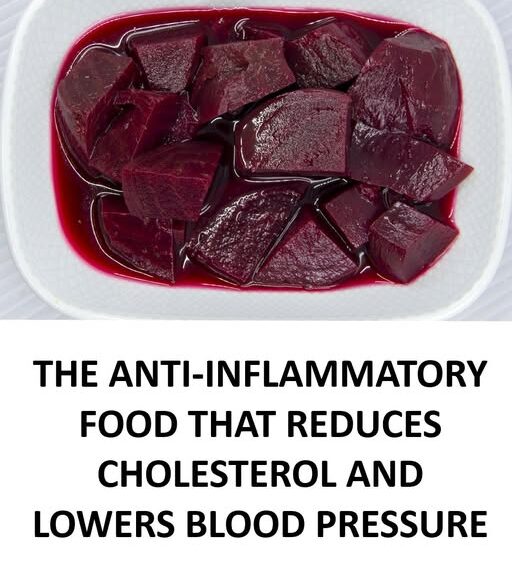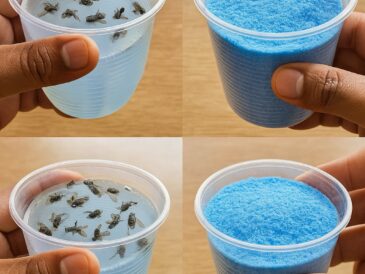7. Purple Sweet Potatoes
- Why they’re great: Rich in anthocyanins even after cooking.
- Benefits: Regulate blood sugar, reduce inflammation, and improve skin health.
- Studies: Okinawan purple sweet potatoes are linked to the exceptional longevity of people in Okinawa, Japan.
8. Cranberries
- Why they’re great: Known for their urinary tract infection (UTI) prevention benefits.
- Benefits: Fight harmful bacteria, protect gums, and improve cholesterol balance.
- Studies: Anthocyanins in cranberries help prevent bacterial adhesion to the bladder walls.
9. Elderberries
- Why they’re great: Traditionally used in cold and flu remedies.
- Benefits: Boost immune function, reduce cold duration, and protect heart health.
- Studies: Elderberry extract shortened flu symptoms by 4 days in a controlled study.
10. Raspberries
- Why they’re great: Contain anthocyanins, ellagic acid, and vitamin C.
- Benefits: Support weight management, fight inflammation, and reduce oxidative stress.
- Studies: Animal studies suggest raspberry anthocyanins may reduce fat accumulation.
How Anthocyanins Work in the Body
Anthocyanins fight free radicals—unstable molecules that damage cells. They also:
- Improve endothelial function (blood vessel flexibility)
- Reduce LDL oxidation (preventing artery plaque buildup)
- Inhibit enzymes that promote inflammation
- Enhance insulin sensitivity
A large meta-analysis published in Nutrients concluded that higher anthocyanin intake is associated with reduced risk of cardiovascular disease and type 2 diabetes.
Tips to Maximize Anthocyanin Intake
- Eat a variety of colors—deep red, purple, and blue produce.
- Consume fruits and vegetables raw or lightly cooked to preserve antioxidants.
- Include anthocyanin-rich foods daily for long-term benefits.
Bottom line: Adding anthocyanin-rich foods like beets, berries, and purple vegetables to your diet is a natural, tasty, and science-backed way to lower inflammation, protect your heart, and slow the aging process.
Pages: 1 2




